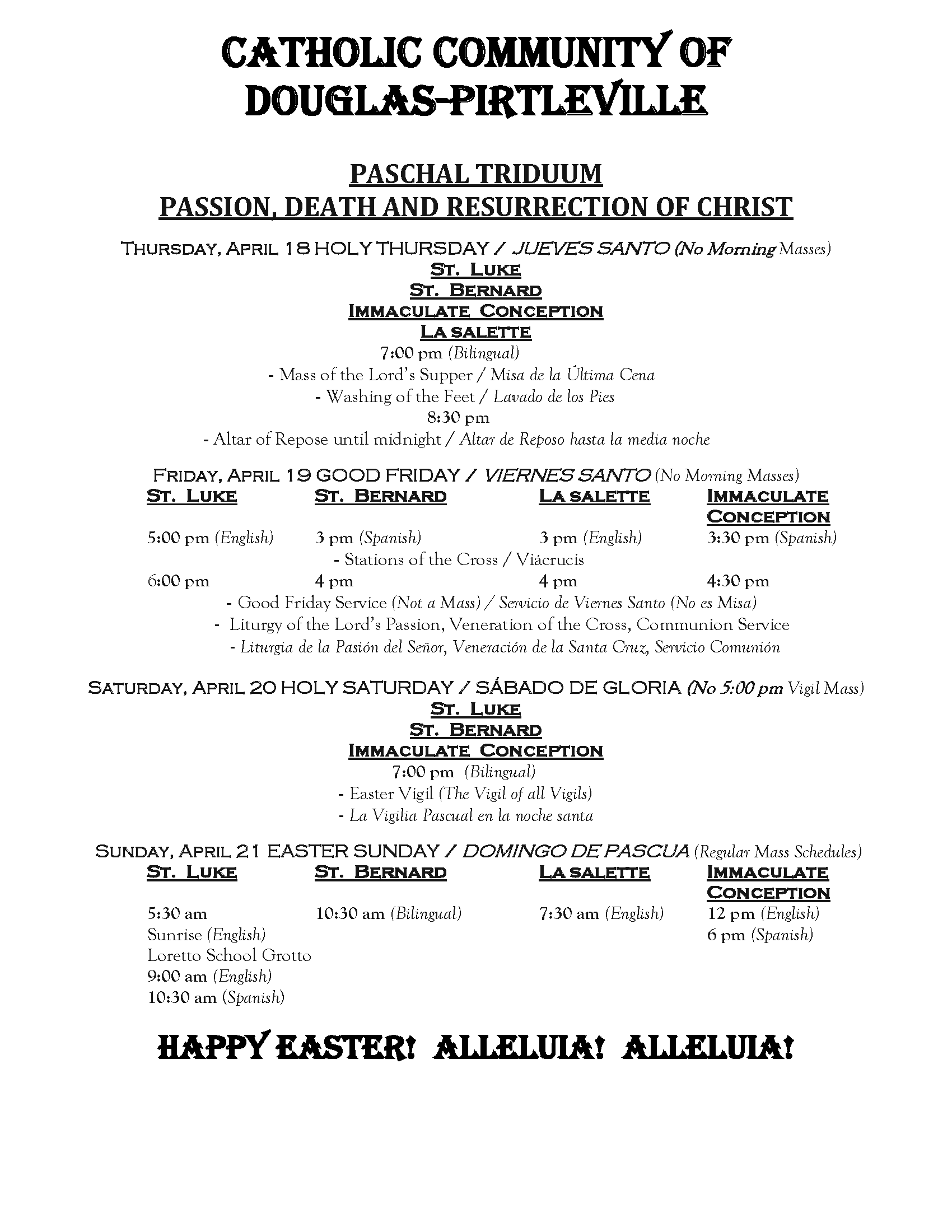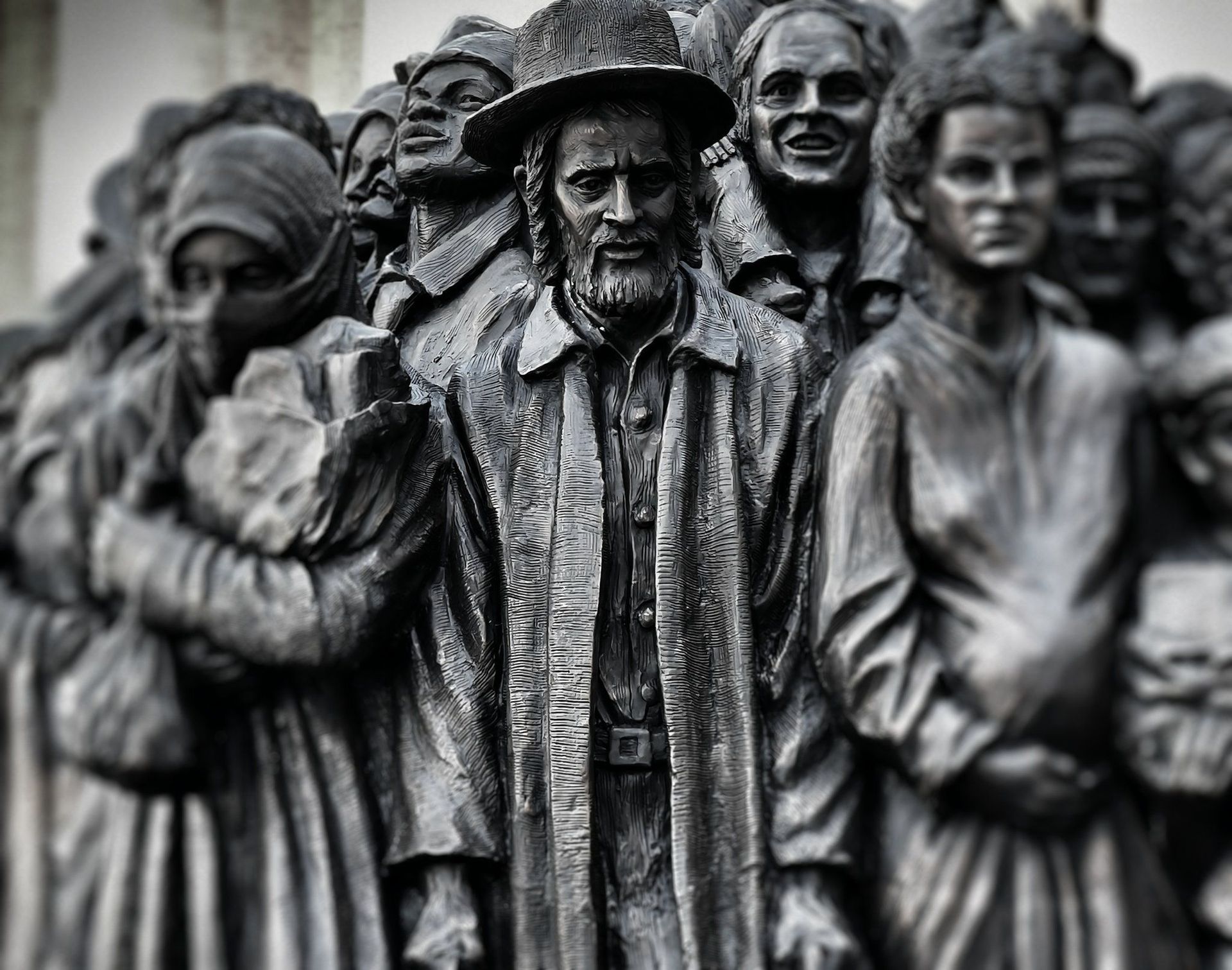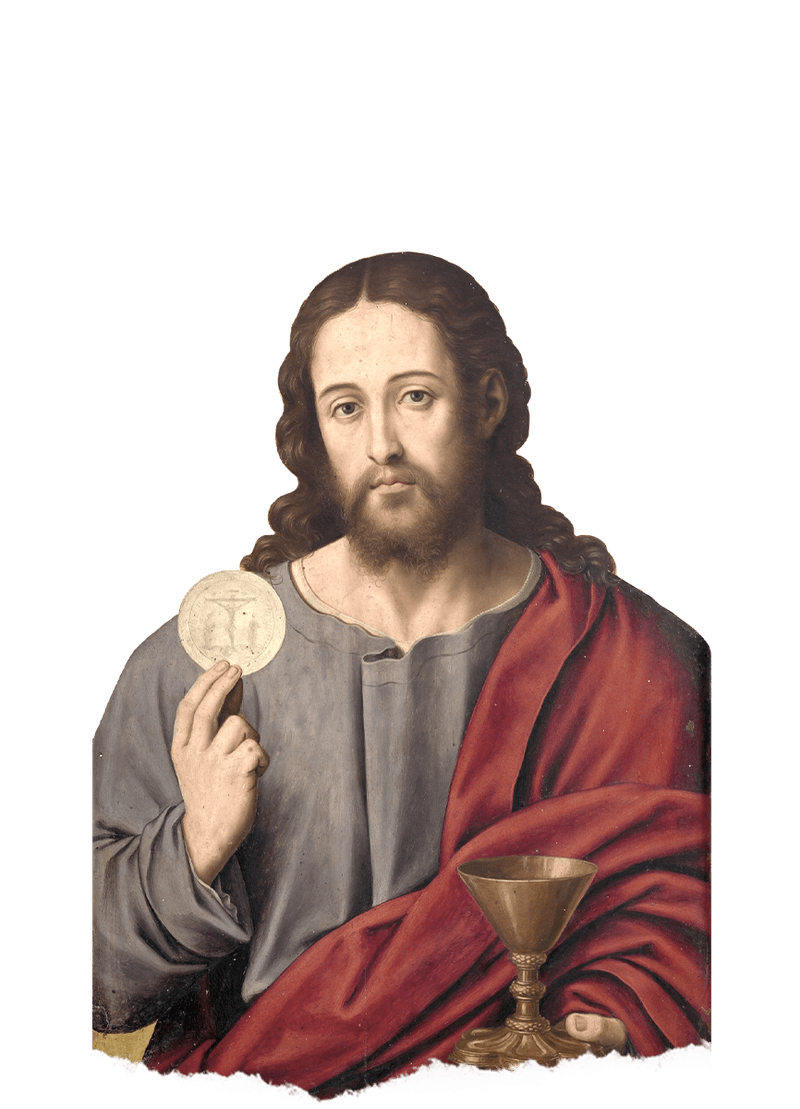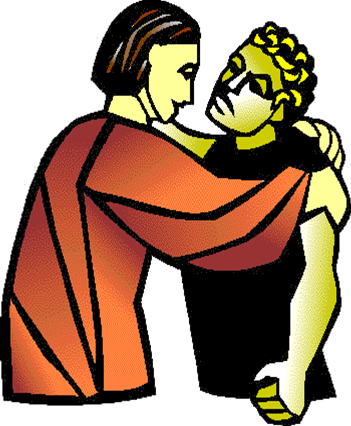Holy Week is the greatest and the most solemn week of the entire year. It's the heart and soul of the liturgical calendar commemorating the unfathomable saving act of God through the passion, death and resurrection of Jesus Christ, the core of Christian faith. The Paschal Mystery, the epicenter of Holy Week, brings, binds and unites together the other seasons of the year. Egeria’s diary was profoundly instrumental in the evolution of what is now called, Holy Week. For her, it’s the Great Week. In her pilgrimage to the Holy Land, she saw and witnessed first- hand the paschal observance of the early Christians as documented in her diary. To state the obvious, Holy Week had an extensive and complex history, gradually tied together down the centuries. It didn’t come out of thin air. Christians interpreted the passion of the Christ with the sacrifice of the lamb and passage from death to life. As it developed, the Paschal Triduum began with the evening mass of the Lord’s Supper reaching its highest point in the Easter Vigil and ended on Easter Sunday evening. For the first Christians, it wasn’t just an event that occurred in the past but the gathering was a remembrance of an enduring, life-altering mystery that had been kept alive ever since.
Interestingly, Holy Week is marked by procession. In fact, Lenten practices always lead us to Jerusalem, the Holy City, the city of Peace, the place God chose to dwell. Palm Sunday, the beginning of Holy Week, commemorates Jesus triumphal entry to Jerusalem. We enter Holy Week in procession along with Jesus with the blessing of the palm and leaflet branches and the proclamation of the passion account outside the church. Then, we join in procession holding palm branches cheering for Jesus’ victorious entry. We won’t settle with the simple entrance. If you take procession in the pre-mass ritual, you lose half of the meaning. The presider vested with red cope is preceded in procession by the altar servers.
Paschal Triduum is an amalgamation of the passion and resurrection of Christ beginning with the Evening Mass of the Lord’s Supper and culminating on the evening of Easter Vigil. It’s one whole celebration. Holy Thursday stresses the institution of the Eucharist, the washing of the feet (Mandatum) and the procession to the altar of repose. There’s no final blessing. Good Friday service is not a Mass but well-participated especially at the stations of the cross. The service is composed of the Proclamation of the Cross, the adoration of the cross and communion. All depart in silence. Again, there’s no final blessing. Saturday morning is normally spent in praying for the faithful departed and descending into hell while parish ministers are busy with decorations. Easter Vigil is the vigil of all vigils and the night of all nights. We’ll go the whole nine yards with the readings as they beautifully illustrate salvation history proclaimed only once a year. Amen.
Below is the Catholic Community's complete Holy Week Schedule of Services.

PARISH BLOG



ABOUT US
WELCOME
SAINTS AND SINNERS, FAITHFUL AND UNFAITHFUL, RELIGIOUS AND OTHERWISE
USEFUL LINKS
CONTACT INFO
IMMACULATE CONCEPTION
928 C Avenue, P.O. Box 1176
Douglas, AZ 85607
PHONE: (520) 364-8494
ST. BERNARD AND MISSIONS
2308 N. McKinley St., P.O. Box 3101
Pirtleville, AZ 85626
(520) 364-2762
ST. LUKE
1211 E 15th St., Douglas, AZ 85607
(520) 364-4411
FLOCKNOTE SIGNUP
Diocese of Tucson News: Do you miss our diocese's former print newspaper “The Outlook”? Did you know that we now have an online version called: “The New Outlook”? Sign up for it today and it will automatically go to your email every week. It is entirely free, and it informs our readers about inspiring and important local, national, and international Catholic issues and events. To sign up for the “The New Outlook”
Log on: https://news.diocesetucson.org/subscribe
Enter your name and email address and you will begin receiving “The New Outlook” weekly in your email.
May God bless you abundantly!
Bishop Edward J. Weisenburger
